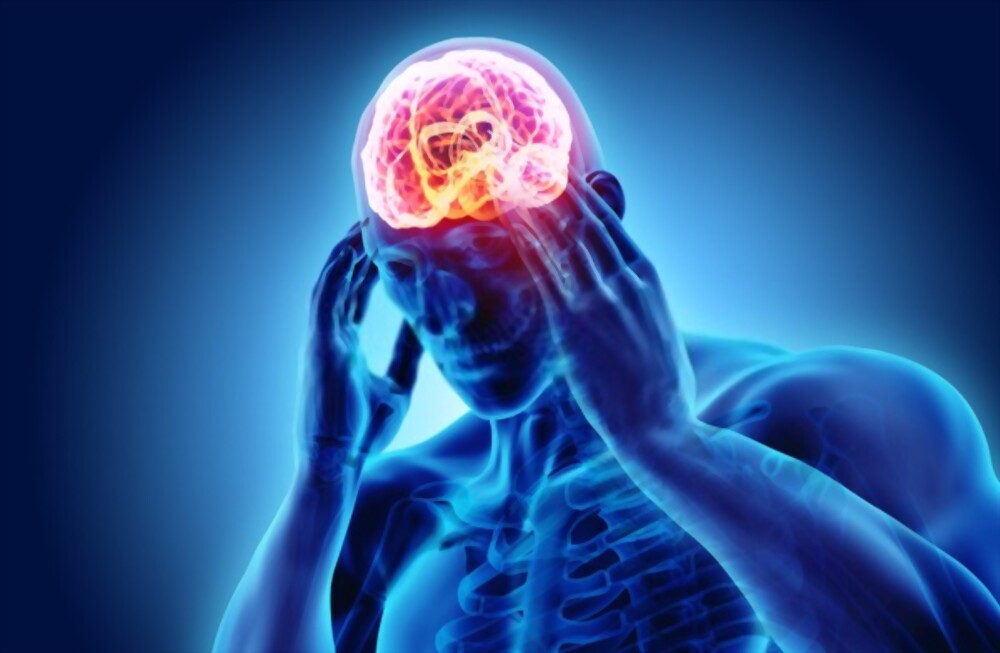What is migraine?
A migraine is a type of headache which causes severe throbbing pain, usually on one side of the head.
Physiology –
Our nerves send electrical signals to and from your spinal cord. Brain sensors throughout our body collect information which is sent by signals to our brain and is carried from one end of a nerve cell to the other using passageways. Neurotransmitters are involved in this process. Communication with the brain occurs via pathways and nerve centers at the brain stem, which is the base of the brain.
Migraine is a disease where one or more parts of this communication system does not function properly.In some, inherited changes to genes called mutations can cause the communication system to become hypersensitive. Most mutations do not directly cause migraine. Genetics and environmental factors appear to play a role in the etiology. Changes in the brain stem and its interactions with the trigeminal nerve could be involved for causation.
Symptoms of Migraine
Prodome
Aura
Attack
Post drome
The symptoms of a migraine attack are-
Prodome– One or two days before a migraine, subtle changes can be seen-
Constipation, Mood changes, Food cravings, Neck stiffness, Increased urination, Fluid retention, frequent yawning.
Aura
These are visual disturbances, however they are reversible symptoms of the nervous system. These can also include other disturbances.
Examples – Visual phenomenon such as flashing lights, bright spots of light, Vision loss, Difficulty speaking, Numbness in face or one side of body.
Attack
The pain usually occurs in one side of the head, but can occur on both sides as well.
Type of pain is usually throbbing or pulsating.
Other symptoms are- nausea, vomiting, sensitivity to light, sound, smell and touch.
If untreated, symptoms may last upto 4-72 hrs
Frequency of attack varies from person to person.
Post drome
After attack, one feels rained, fatigued confused, washed out, This phase lasts up to a day or two.
KNOW YOUR TRIGGERS!
Migraine attacks are often brought on by specific triggers which are as follows
1.Hormonal changes in women such as periods, pregnancy, menopause.
2.Alcohol consumption or excess coffee consumption.
3.Sensory stimuli such as flashy light, loud sound, strong smells.
4.Physical factors such as increased exertion.
5.Medications such as oral contraceptives.
6.Skipping of meals.
7.Food products like cheese, processed food, excess salt., food additives like sweetener aspartame and preservative monosodium glutamate (MSG) which is found in many foods. Since it may be a cumulative effect of several triggers avoiding as many known triggers as possible is important.
Each year about 3 percent of those with episodic migraine become chronic. This worsening of symptoms may be due to changes in hormones as well as cumulative effects on the
nervous system.
Treatment
Pain relievers- These include aspirin or ibuprofen. When taken too long, these might cause medication-overuse headaches. Preventive medications are also used to reduce the frequency of attacks.
Most importantly, it is important to understand the individual triggers, have a record of them and avoid it as much as possible to prevent the frequency of attacks.
It is surely an invisible disease that can steal years of quality time.





